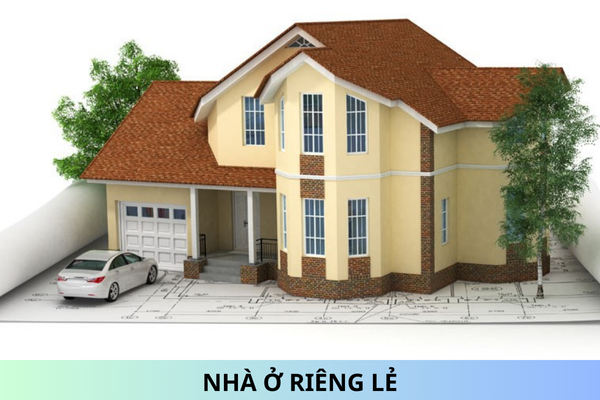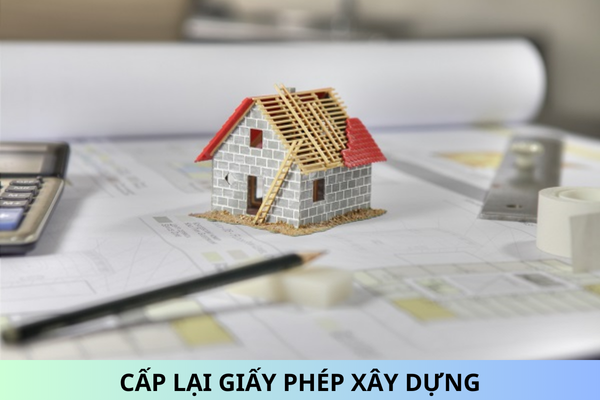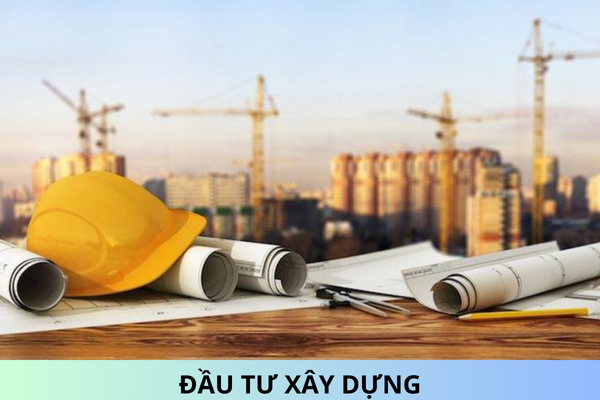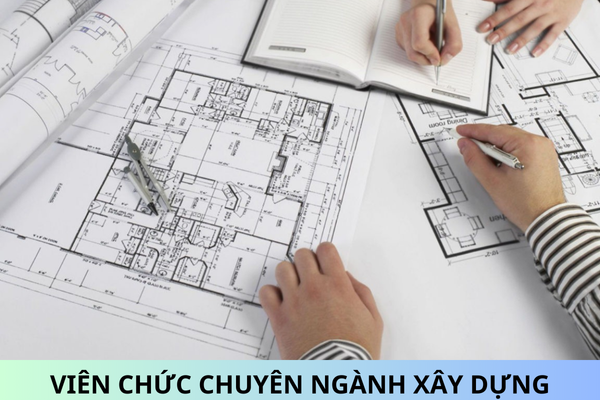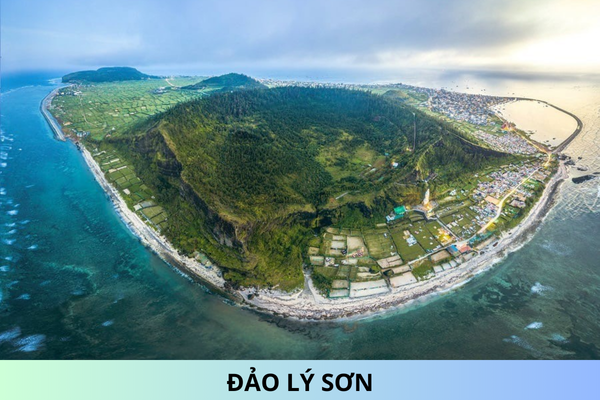Regulations on fire and explosion hazard classification for rooms in Vietnam
What are regulations on fire and explosion hazard classification for rooms in Vietnam? I need to learn about these regulations for work purposes and hope to receive your guidance.
What are regulations on fire and explosion hazard classification for rooms in Vietnam?
Pursuant to Section C.1 Appendix C National Technical Regulations on Fire Safety for Houses and Constructions issued together with Circular 02/2021/TT-BXD with regulations on fire and explosion hazard classification for with rooms as follows:
According to fire and explosion danger, rooms are classified into classes A, B, C1 to C4, D and E, and houses are classified into classes A, B, C, D and E.
C.1.1 The fire and explosion hazard class of the room is classified as Table C.1.
Table C.1 - Fire and explosion hazard classification for rooms
|
Fire hazard class of the room |
Characteristics of substances and materials present (formed) in a room |
|
A Fire and explosion hazard |
- Flammable gases and flammable liquids with a flash temperature not greater than 28 ºC, with a mass that can form a dangerous explosive gas-vapor mixture. When ignited, it creates a residual explosion pressure calculated in room exceeds 5 kPa. - Substances and materials capable of exploding and burning when interacting with water, with oxygen in the air or with each other, with such mass that the calculated residual explosion pressure in the room exceeds 5 kPa. |
|
B Fire and explosion hazard |
- Combustible dusts or fibers, flammable liquids, with a flashpoint temperature greater than 28 ºC, flammable liquids, and quantities that can form gas-dust or gas-vapor mixtures that are dangerously explosive, when ignited, creating a calculated residual explosion pressure in the room exceeding 5 kPa. |
|
C1 to C4 Fire danger |
- Flammable or non-flammable liquids, solid flammable and non-flammable substances and materials (including dust and fibers), substances and materials when reacting with water, with oxygen in the air or with each other capable of burning, in the room where these substances and materials are not in categories A or B. - The division of rooms into classes C1 to C4 according to the specific fire load value of the substances contained in them is as follows: C1 - Has specific fire load greater than 2 200 MJ/m 2; C2 - Has specific fire load from 1 401 MJ/m 2 to 2 200 MJ/m 2; C3 - Has specific fire load from 181 MJ/m 2 to 1 400 MJ/m 2; C4 - Has specific fire load from 1 MJ/m 2 to 180 MJ/m 2. |
|
D Moderate fire hazard |
Non-flammable substances and materials in a hot, red-hot or molten state, the processing of which is accompanied by the generation of thermal radiation, sparks and flames; Combustible solids, liquids, and gases are used as fuel. |
|
E Low fire hazard |
Substances and materials that do not burn in a cold state. |
C.1.2 Fire and explosion hazard class of the house
a) A house is classified as class A if in that house the total area of class A rooms exceeds 5% of the area of all rooms of the house, or exceeds 200 m 2.
It is allowed not to classify a house as class A if the total area of class A rooms in that house does not exceed 25% of the total area of all rooms of the house (but does not exceed 1,000 m2) and rooms Class A rooms are equipped with automatic fire extinguishing equipment.
b) A house is classified as class B if it simultaneously satisfies the following two conditions:
- The house is not class A.
- The total area of class A and B rooms exceeds 5% of the total area of all rooms in the house or exceeds 200 m 2.
It is allowed not to classify a house as class B if the total area of class A and B rooms in that house does not exceed 25% of the total area of all rooms in the house (but does not exceed 1,000 m 2) and those class A and B rooms are equipped with automatic fire extinguishing equipment.
c) A house is classified as Class C if it simultaneously satisfies the following two conditions:
- The house is not in class A or B.
- The total area of rooms of classes A, B and C exceeds 5% (10%, if the house does not have classes A and B) of the total area of all rooms of the house.
It is allowed not to classify a house as class C if the total area of class A, B and C rooms in that house does not exceed 25% of the total area of all rooms in the house (but does not exceed 3,500 m 2) and those rooms are equipped with automatic fire extinguishing equipment.
d) A house is classified as class D if it simultaneously satisfies the following two conditions:
- The house is not in class A, B and C.
- The total area of class A, B, C and D rooms exceeds 5% of the total area of all rooms in the house.
It is allowed not to classify a house as class D if the total area of rooms of classes A, B, C and D in that house does not exceed 25% of the total area of all rooms in the house (but does not exceed 5,000 m 2 ) and class A, B, C rooms are all equipped with automatic fire extinguishing equipment.
e) A house is classified as class E if it does not belong to classes A, B, C or D.
Best regards!

